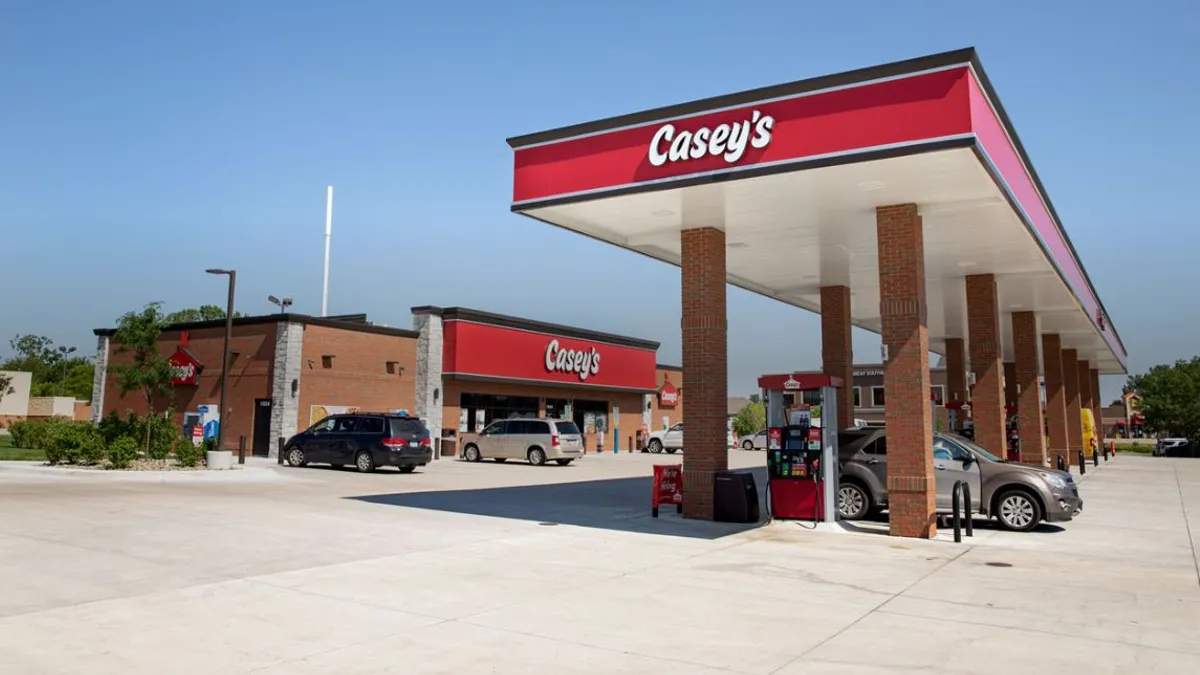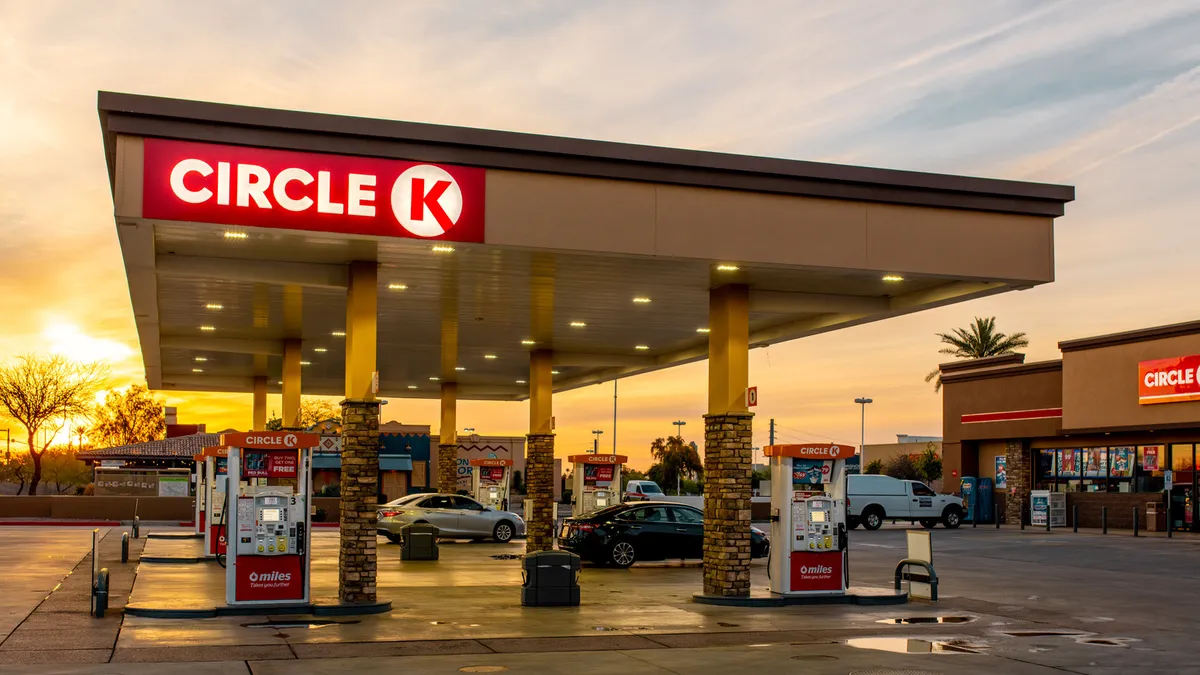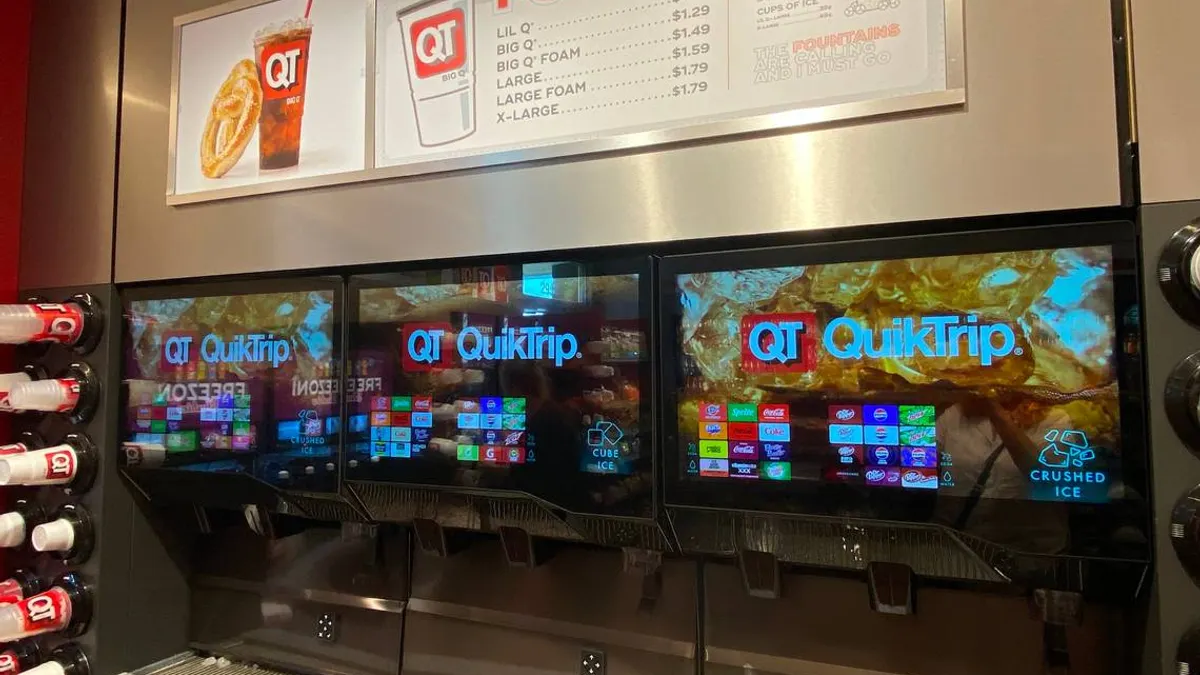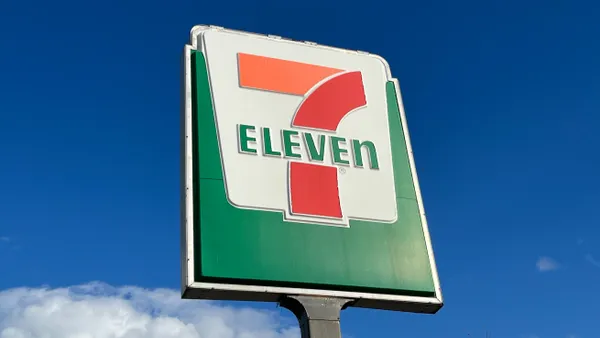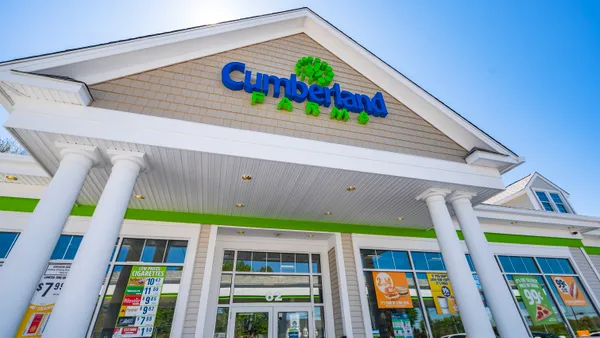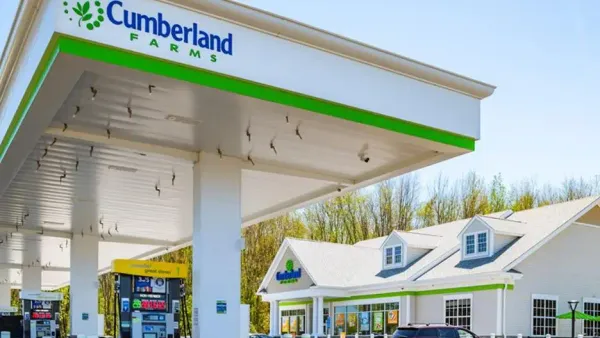3 Big Numbers is a weekly column that looks at a few key details from around the c-store industry.
Casey’s General Stores released its annual report for fiscal year 2025 on Wednesday. While there was no groundbreaking news in the document, there was plenty of interesting data that underscores the retailer’s growth and operations.
Some readers may wonder why Casey’s is putting out its full-year report in the middle of the summer. But it’s important to note that companies sometimes have a fiscal year that doesn’t start on Jan. 1. In this case, Casey’s starts its fiscal year on May 1.
In this week’s “3 Big Numbers,” we dig into Casey’s 2025 annual report and pull out some of the most interesting details.
2,904
Casey’s store count at the end of fiscal year 2025.
Casey’s has been focused on steady, sustainable store growth. Last year, we even made a map about it. At the end of fiscal 2025, Casey’s was closing in on 3,000 convenience stores, thanks in part to the nearly 200 CEFCO stores it bought from Fikes Wholesale.
Casey's store count growth through fiscal 2025
During the year, Casey’s acquired 235 stores and opened another 35. But it’s not all pedal to the metal: Casey’s also closed 24 locations during that time frame, suggesting that it’s always evaluating its footprint.
The growth should continue, with Casey’s planning to open 80 new convenience stores in fiscal 2026.
$1.1 billion
Casey’s cash flow from operations in fiscal 2025.
Casey’s weathered the COVID-19 pandemic about as well as any retailer. Every financial metric, from revenue down to net income, has surged over its last five years.
And it’s continuing to gain momentum. Cash flow from operations, for example, reached nearly $1.1 billion during the retailer’s most recent fiscal year. That’s roughly double the $504 million it earned in 2020 and up 22% over last year.
Part of that surge is attributable to the addition of around 700 stores to its network over the past few years. But Casey’s has been doing its best to boost those results in other ways too, from expanding its popular foodservice program to adding technology to streamline operations and improving customer service.
71%
The percentage of Casey’s stores that serve markets with fewer than 20,000 people.
Casey’s has a large exposure to rural America. Around 71% of its stores are in markets with fewer than 20,000 people. To put that in perspective, it would take more than 400 20,000-resident cities to equal the population of New York City.
Casey’s focuses on areas that other large c-store chains aren’t serving.
“We believe that a Casey’s store provides a service generally not otherwise available in smaller towns and that a convenience store in an area with limited population can be profitable if it stresses sales volume and competitive prices,” Casey’s noted in its annual report.
That strategy of being a pillar of small communities may be why the banner was rated second on USA Today’s list of the top gas stations, behind only Kwik Trip.



